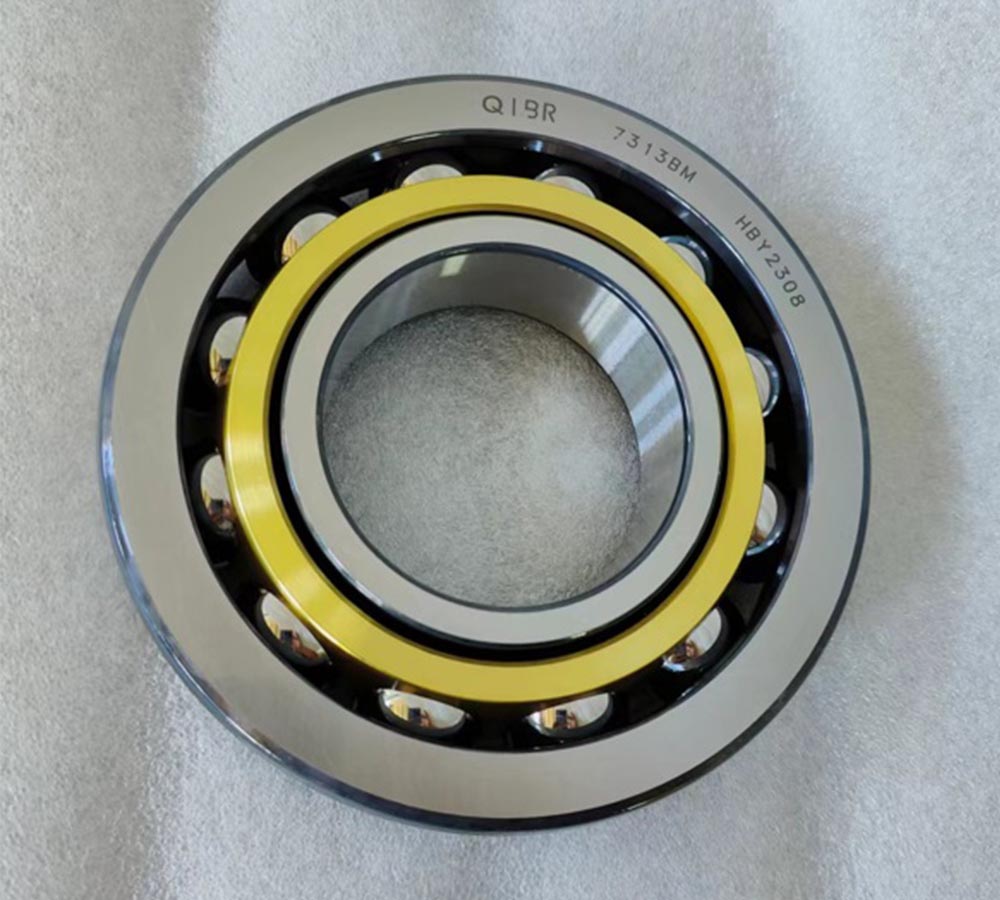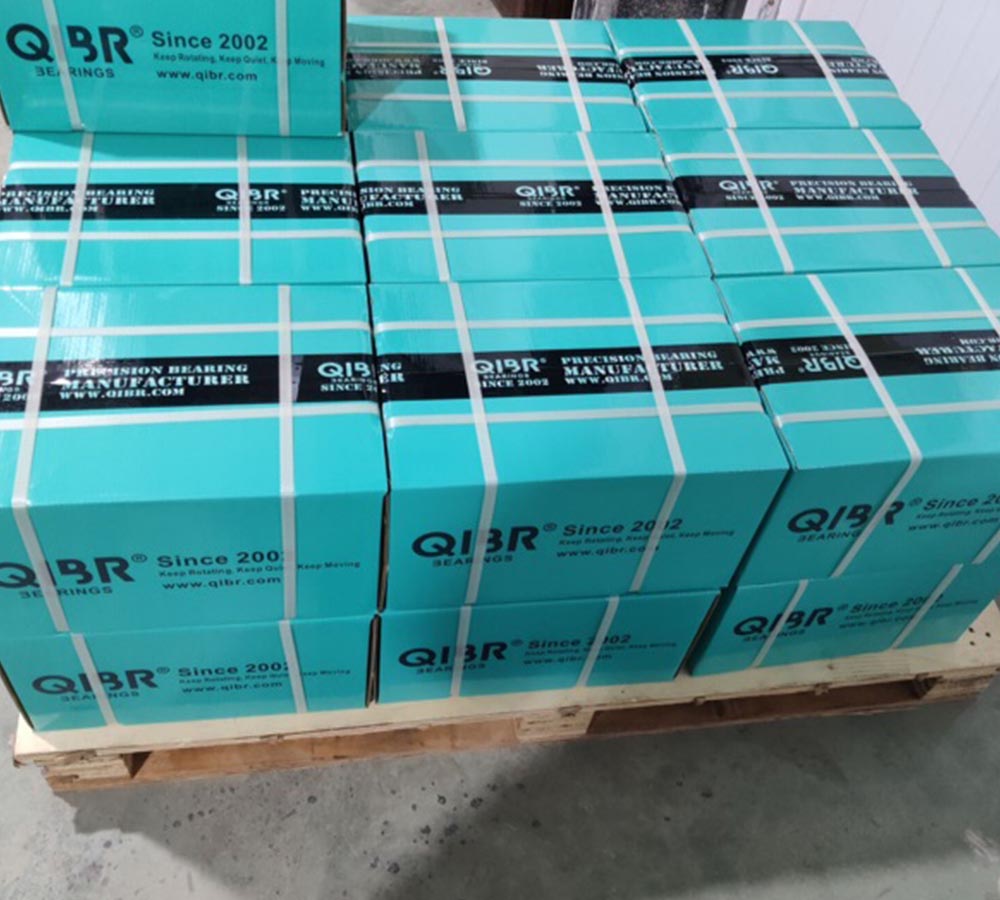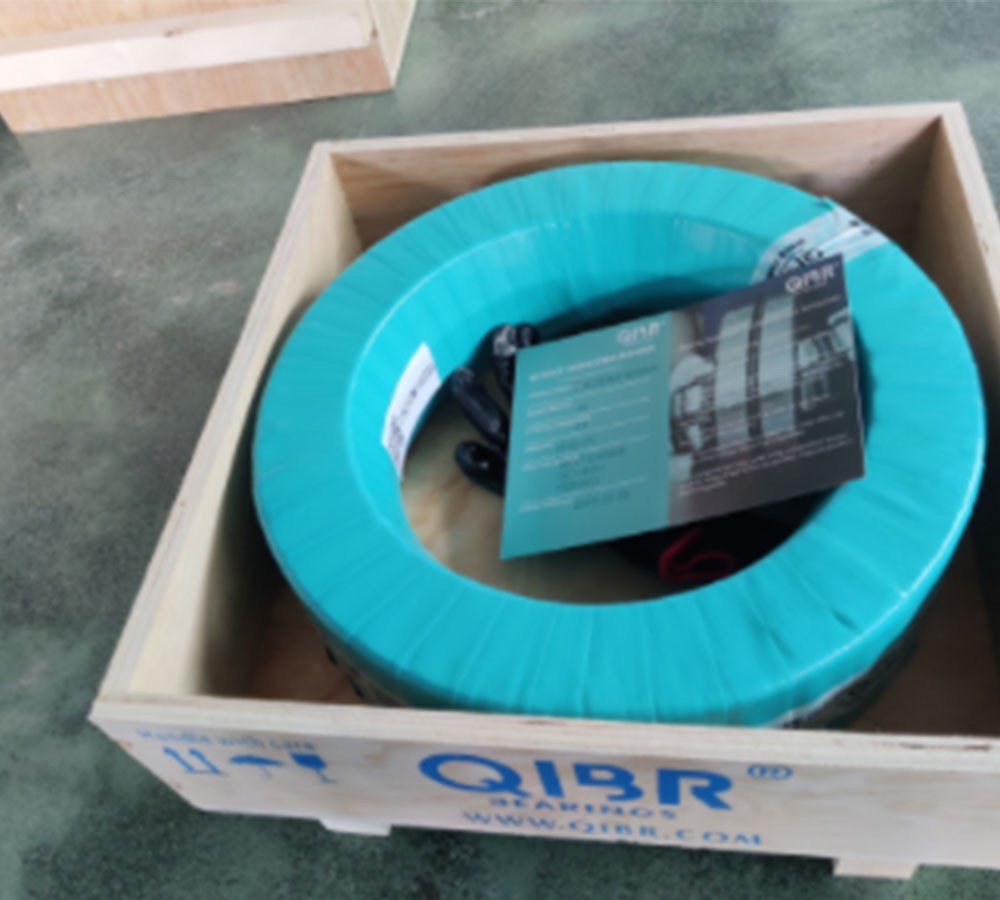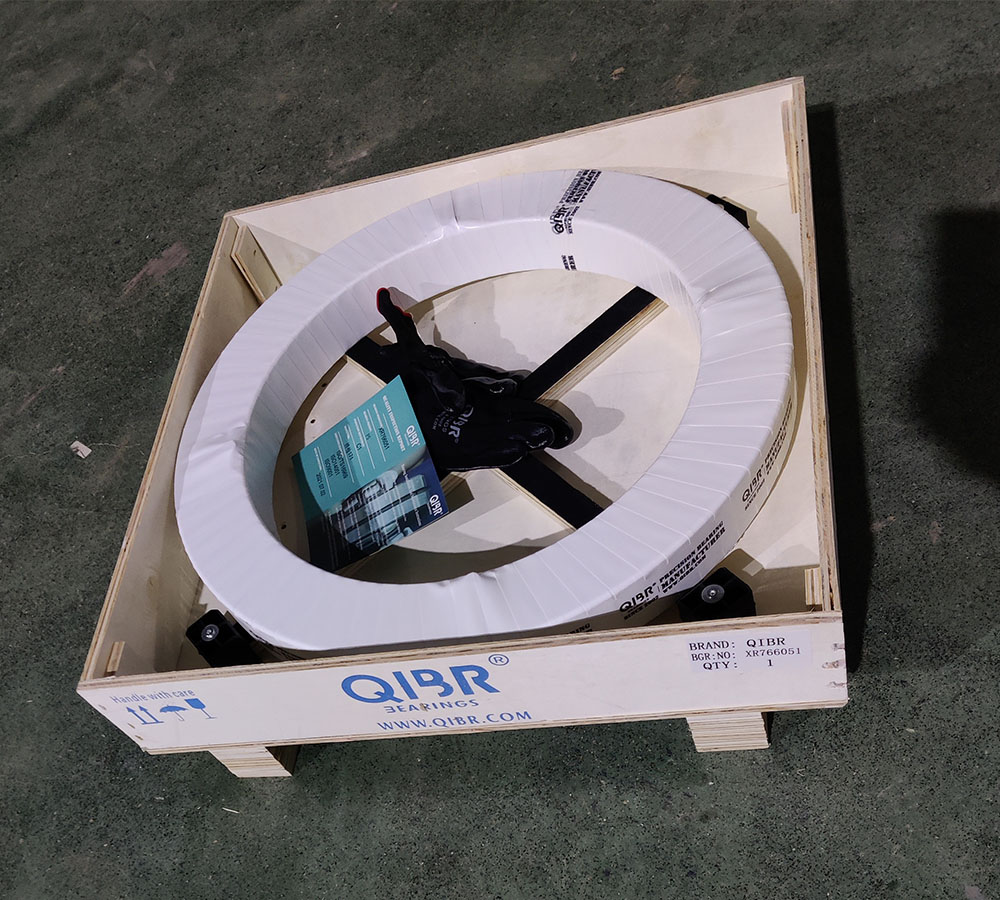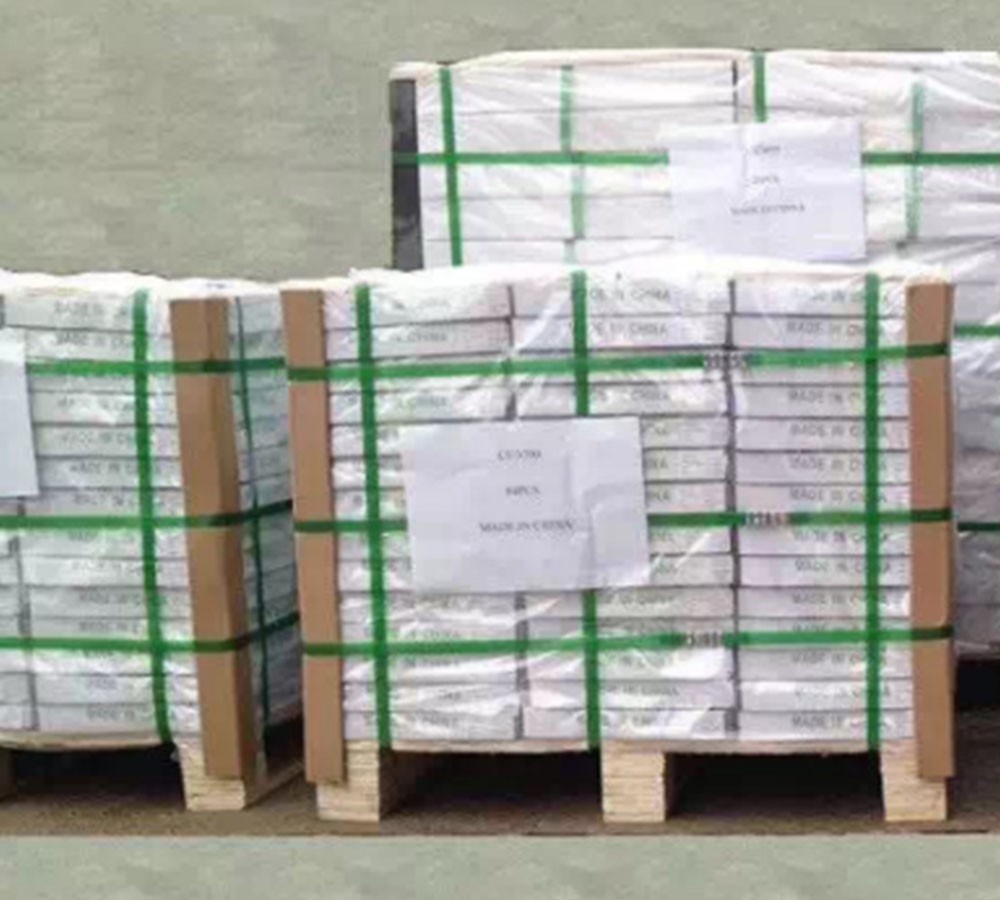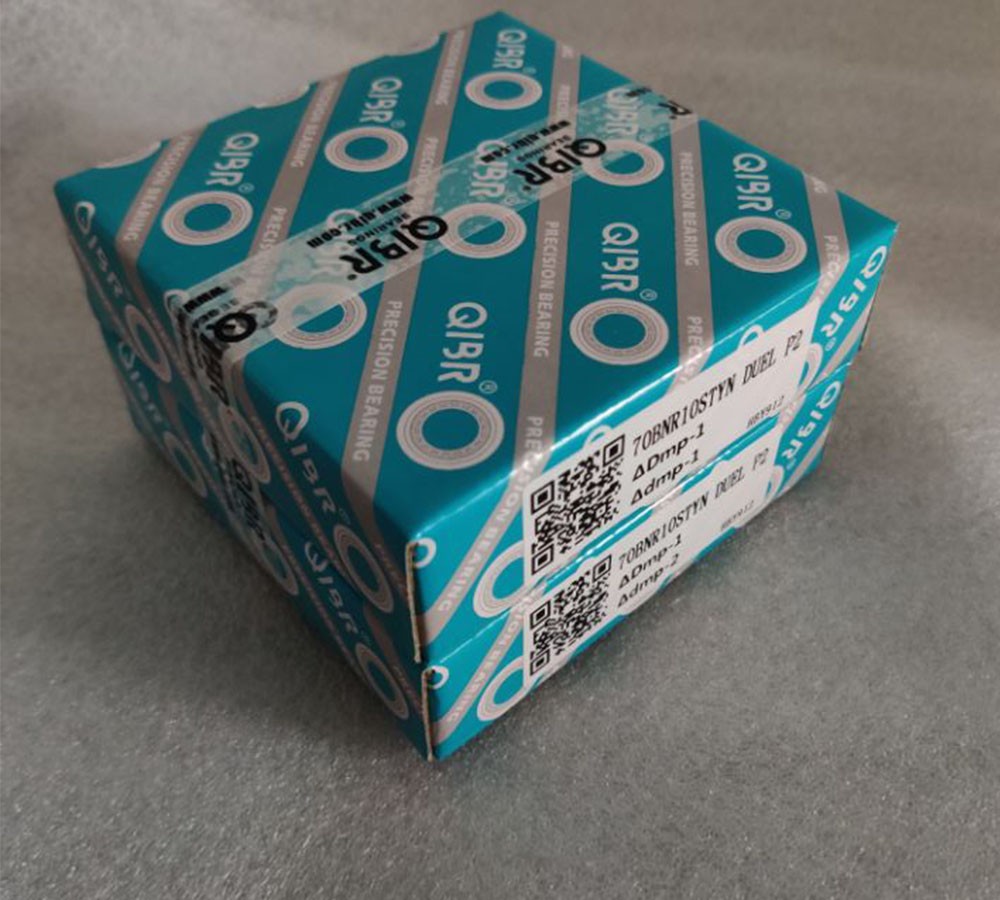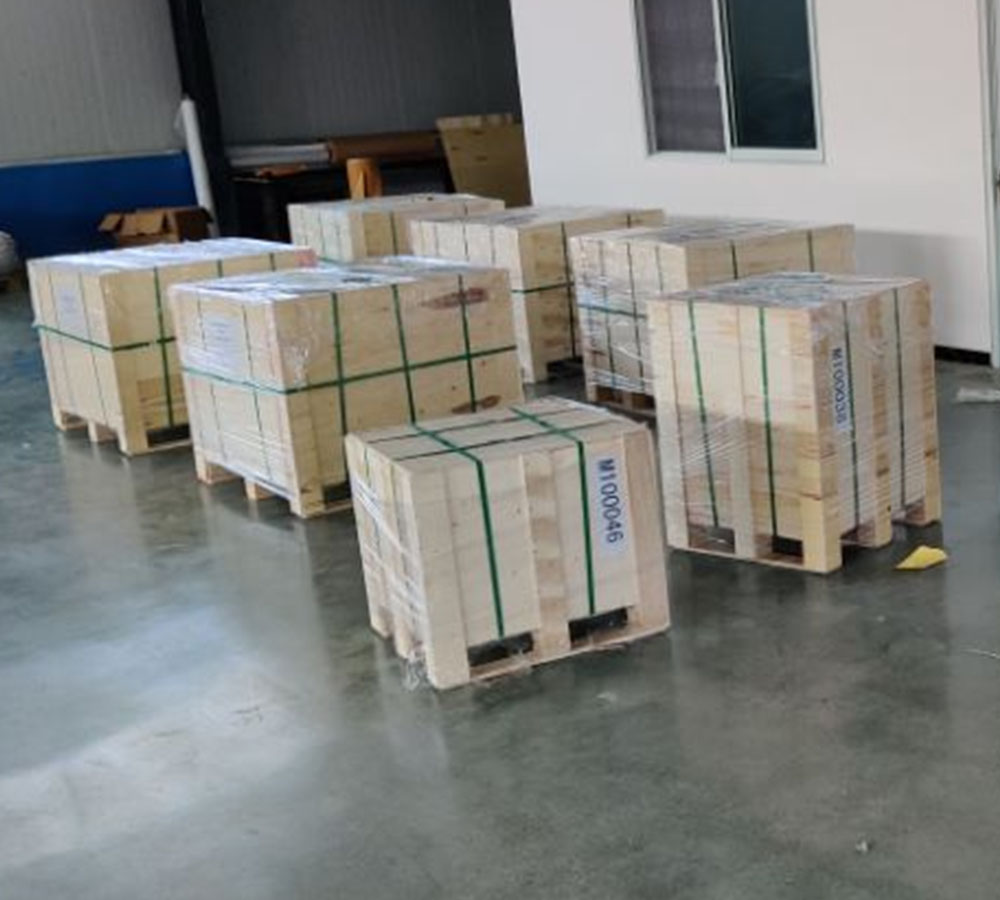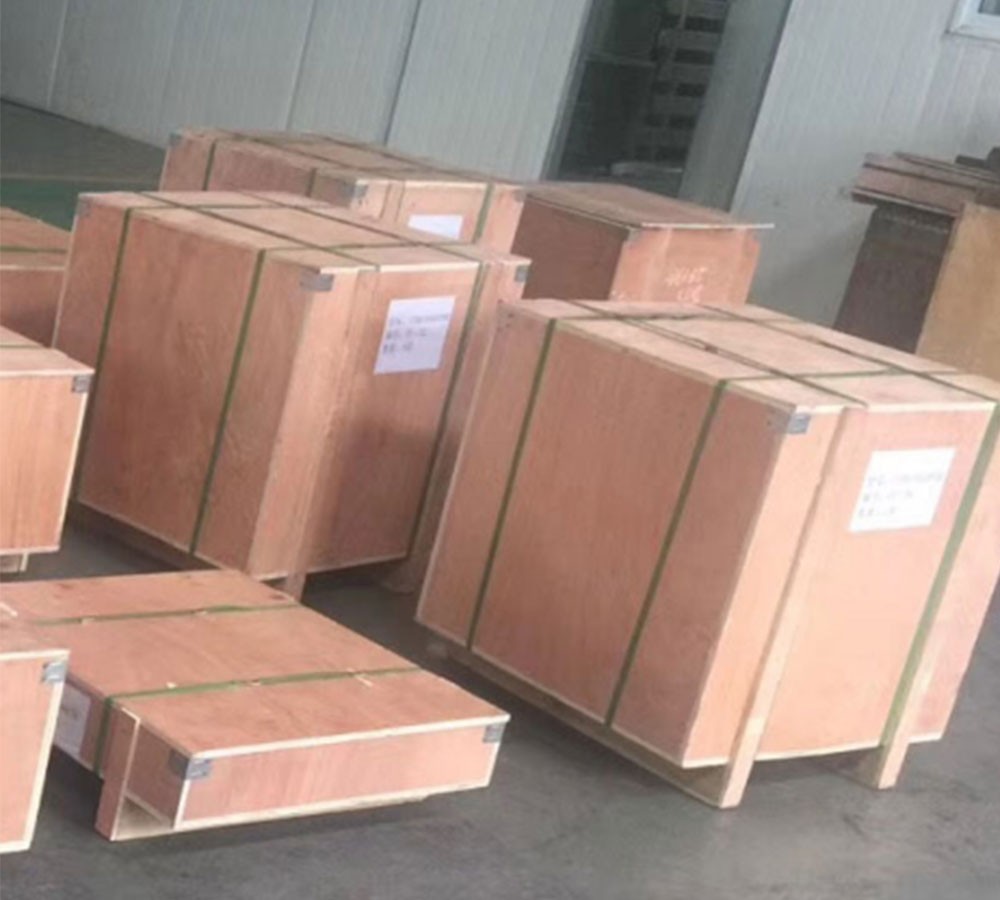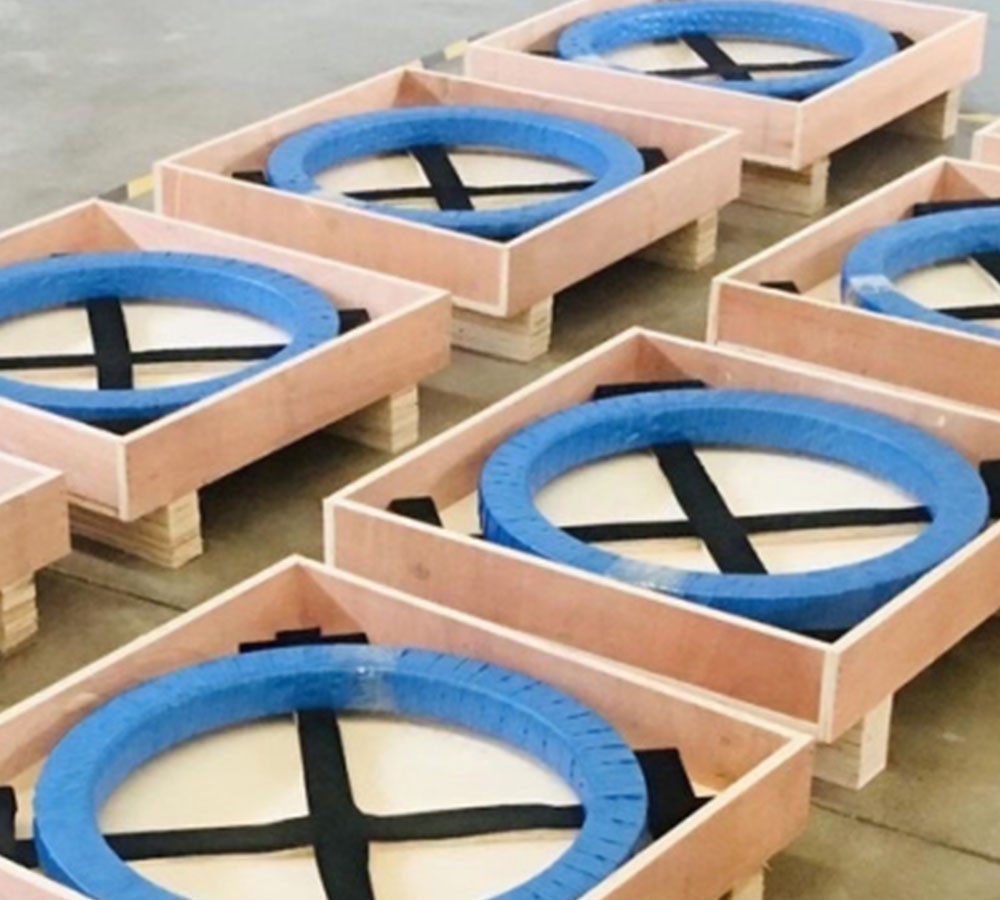QIBR angular contact ball bearings are delivered to Brazilian customers to improve the load-bearing and smooth operation of geared elevator traction machines
- Continent
- Sourth America
- Country
- Brazil
- Date
- 2016-01-23
- Categories
-
Angular Contact Ball Bearing
- Applications
- geared traction machine,Elevator
Products Used
Angular contact ball bearings
1. Strong load-bearing capacity: QIBR angular contact ball bearings can bear both radial and axial loads. The contact angle of angular contact ball bearings is a key factor in their load-bearing capacity. The larger the contact angle, the higher the axial load that the bearing can bear. A contact angle of 40° can provide the maximum axial load-bearing capacity, which is suitable for the composite loads required by elevator traction machines during operation.
2. High speed and low friction: The raceway design of QIBR angular contact ball bearings is precisely calculated to ensure the best fit with the steel balls. The precise raceway shape and smooth surface treatment reduce friction and energy loss. When the elevator is running, it can provide smoother operation, thereby improving the overall efficiency of the system.
3. High space utilization: QIBR angular contact ball bearings allow high load-bearing capacity in a smaller space. This is particularly important for the compact design of elevator traction machines, which can effectively save machine room space while maintaining system performance.
Additional Notes:
Brazilian customers decided to purchase angular contact ball bearings from QIBR to meet the needs of elevator geared traction machines for high load and smooth operation. The design of QIBR angular contact ball bearings allows them to maintain good contact while bearing radial and axial loads. The optimized contact angle allows the bearing to withstand greater axial loads, which is essential for the high load-bearing capacity required by elevator traction machines during operation. Especially when the elevator is running, it needs to withstand the dynamic changes of the car, counterweight and load, which not only improves the performance of the elevator, but also provides passengers with a safer and more comfortable riding experience.

